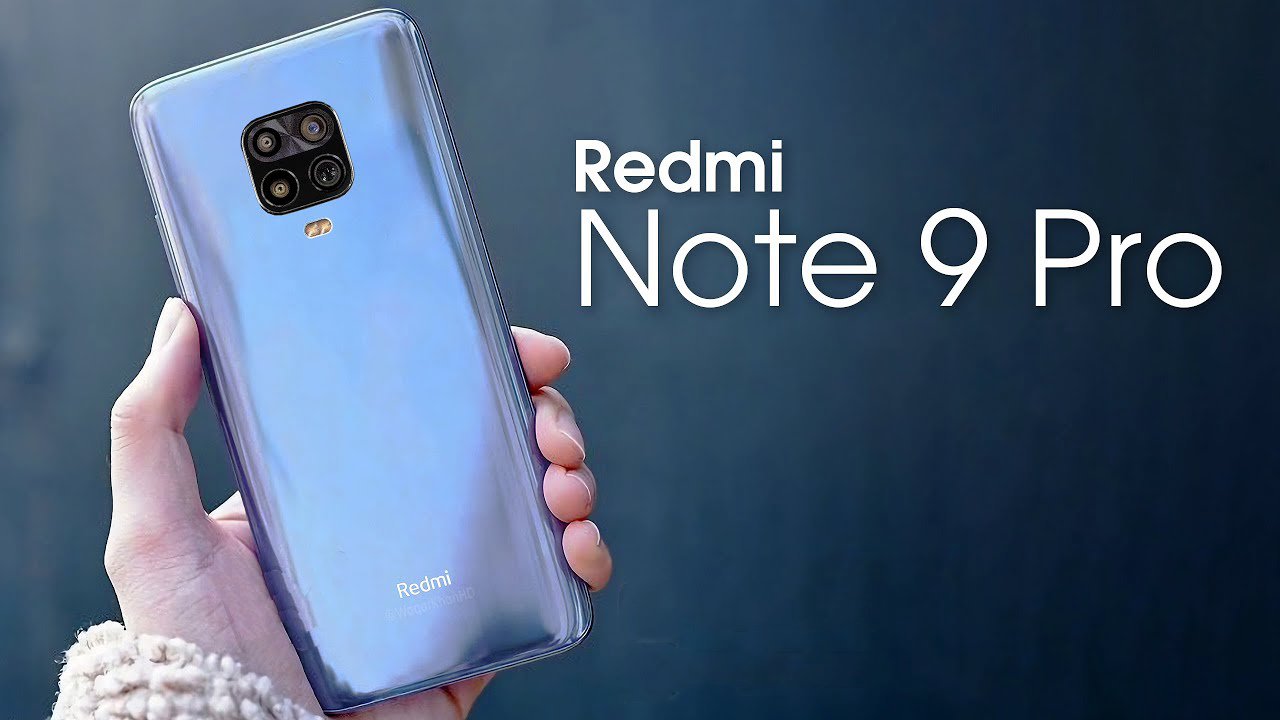Xiaomi produces a lot of mid-rangers, but in the past few months, the Redmi Note 9 Pro has consistently stood out, drawing consistently high interest. So we were curious about it and wanted to do this long-term analysis to find out if it really manages to stand out at different price points in what it provides in day-to-day use in a sea of similar products.
Xiaomi Redmi Note 9 Pro Specifications
For certain people, this is actually one of the biggest problems with mid-rangers – there are simply so many of them. The amount of choice available is overwhelming – even higher than in the market’s high-end segment. It offers an even more complicated answer to the “which one is worth buying” issue than if we were only talking about top of the line models.
As there are far so many mid-rangers out there it is not feasible for us to review many of them in the long term. Also most items in any category are just not that important, as the adage goes.
However in order to stand out the Redmi Note 9 Pro must have done something, depending by the amount of publicity it has continuously gained.
So let’s find out if the Redmi Note 9 Pro is worth the salt of a phone. Last year, we reviewed its predecessor, the Redmi Note 8 Pro, on a long-term basis and were pleased with what it brought for the money to the table, and are excited to find out if the Redmi Note 9 Pro lives up to that.
Notice that the extremely complicated naming scheme of Xiaomi is striking again. The phone we have here in Europe is called the Redmi Note 9 Pro, but the same smartphone as the Redmi Note 9 Pro Max is sold in India.In India, the phone named Redmi Note 9 Pro is known as the Redmi Note 9S in Europe. And the newly released Redmi Note 9 Pro 5G is none of these. See, we told you it was confusing.
Design, handling
The Redmi Note 9 Pro has glass on both the front and the back, unlike many of its rivals at this price point. This offers a more premium appearance than if it had gone on the rear with plastic – or so people say. As some are inherently more ‘cheap-feeling’ than others, this reviewer happens to think that the sort of plastic used counts, but we digress.
Speaking of plastic, the frame is made of that material, and the ‘premium’ feeling is kind of spoiled by its ever so slight softness to the touch compared to metal. This is of course, a moot point if a case is used by you, like most people.
Like you see in most flagships, the frame doesn’t smoothly curve into the front glass, which is one of the subtle hallmarks of a cheaper handset. You may or may not be disturbed by this. We would wager that most people wouldn’t even notice one thing if it weren’t clearly pointed out to them.
One advantage of the plastic frame is that it doesn’t go through any visible antenna lines. Among 2020 phones, the square-ish camera bump on the rear is certainly quite distinctive (although it’s not like we’ve never seen it before), without coming off as particularly great or off-putting. It’s just… it’s… There and since it’s focused, when put on a desk, the phone doesn’t wobble, and you type on it. If you tap anywhere near the top corners, then the wobble gets real again.
The Redmi Note 9 Pro is a big phone, no question about that, and it’s also pretty heavy. This, coupled with the fact that the screen is flat, and the lack of major frame curvature, means that even though you have big hands like this writer, handling it won’t feel 100 percent relaxed all the time. There’s something that makes it feel less fantastic in hand than other devices about the scale, weight, and frame to glass angles (which, in fairness, are all more expensive).
Conclusion
With a great value proposition, the Redmi Note 9 Pro is a really strong mid-ranger, which has one big problem. And that’s just the fact that there is a Poco X3. The Poco X3 is on paper, all that the Redmi Note 9 Pro is and then some. And all this for a price that is very similar, and often (and in some markets) identical.
Given its glass back and the otherwise excellent impression it made on us during our time with it this makes the Redmi Note 9 Pro a hard sell. Don’t get us wrong here – this is a nice handset, but we can’t think of a reason not to pick that one if you can get the Poco X3 for a similar price. Xiaomi is so far ahead of the competition in the ‘value for money’ market that it has now begun to compete with itself, making its own sub-brands fight it out Which is strange and amusing to think of.

